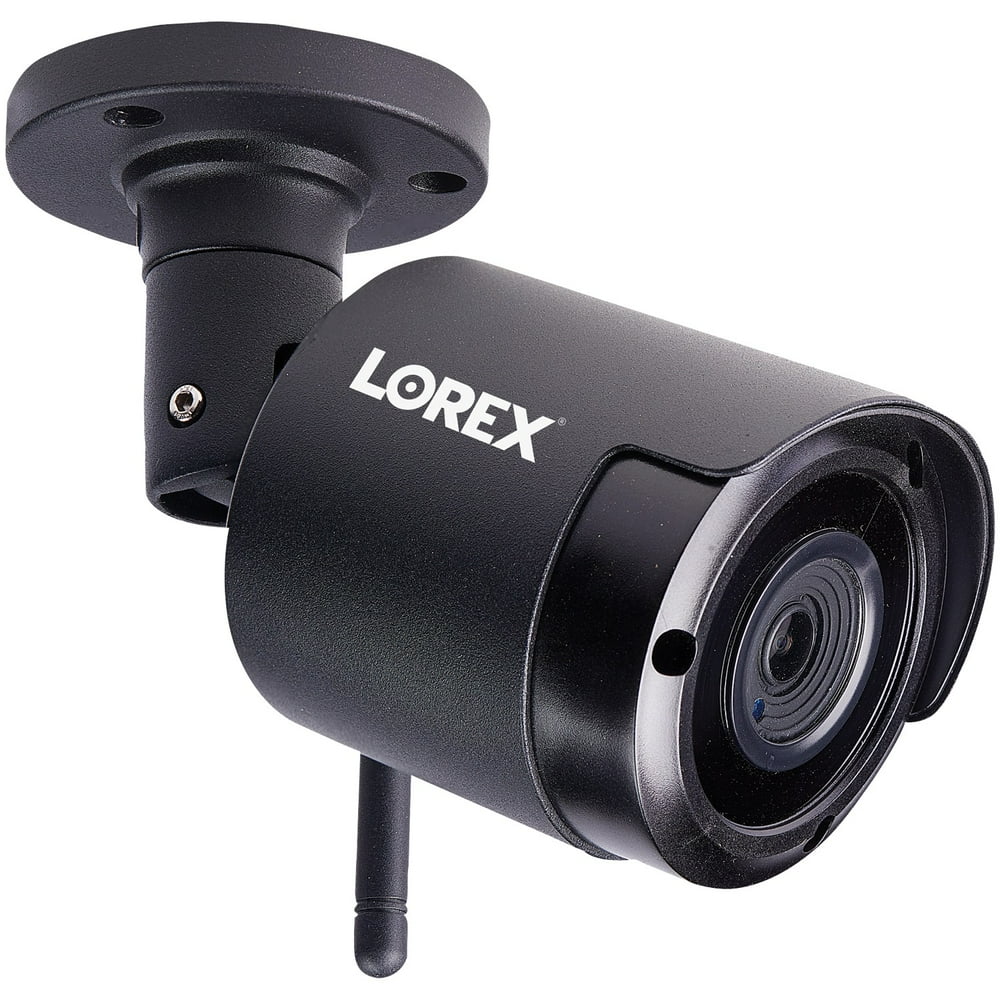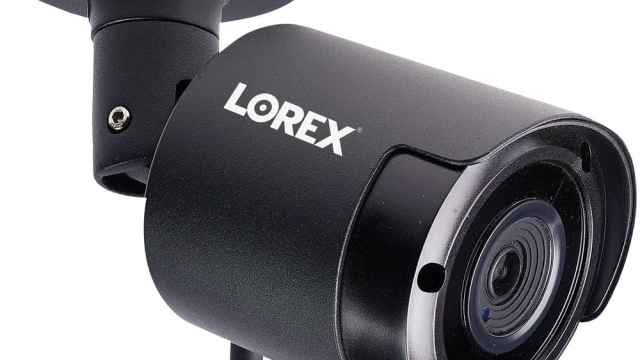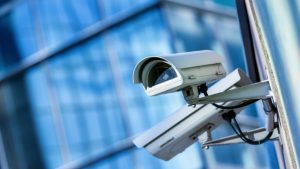
In today’s fast-paced world, the presence of security cameras has become an integral part of our daily lives. From bustling city streets to quiet neighborhoods, these devices serve as vigilant watchers, providing a sense of safety and peace of mind. The transformation in how we perceive and manage security is largely attributed to advancements in camera technology, allowing us to monitor our surroundings like never before.
As crime rates fluctuate and safety concerns grow, more individuals and businesses are turning to security cameras as a vital tool for protection. While once considered a luxury, these cameras are now essential for safeguarding property and ensuring the well-being of communities. With features like high-definition recording, night vision, and remote access, security cameras are revolutionizing the way we approach personal and public safety in the modern world.
The Rise of Security Cameras
In recent years, the prevalence of security cameras has significantly increased in both public and private spaces. As urban environments expand and the need for safety intensifies, these cameras have become an essential tool for monitoring activities and deterring crime. Businesses, homeowners, and local authorities now recognize the value of security cameras not only in preventing theft or vandalism but also in enhancing overall community safety.
Technological advancements have played a crucial role in the rise of security cameras. With improvements in image resolution, video storage, and real-time monitoring, these devices have evolved from basic surveillance tools into sophisticated systems. Modern security cameras often utilize artificial intelligence and machine learning to analyze footage and detect suspicious behavior, making them more effective in identifying potential threats and incidents as they occur.
Additionally, the societal acceptance of surveillance has grown, leading to a broader integration of security cameras in everyday life. From retail stores to busy city streets, the visible presence of security cameras has become a normative aspect of our environments. This acceptance is often bolstered by the belief that security cameras can lead to a safer society, fostering a sense of security among citizens while simultaneously aiding law enforcement in crime investigation and prevention efforts.
Impact on Crime Rates
The installation of security cameras has had a significant impact on crime rates in various communities. Numerous studies have shown that areas equipped with surveillance systems often experience a decrease in criminal activity. The presence of security cameras acts as a deterrent for potential offenders, who are less likely to commit crimes when they know they are being watched. This proactive approach to crime prevention has led many municipalities to invest in public safety measures that include extensive camera networks.
Learn How
In addition to deterring crime, security cameras also play a crucial role in solving incidents after they occur. When crimes are reported, law enforcement agencies often turn to footage captured by security cameras to gather evidence. This footage can provide vital clues that lead to quicker arrests and higher conviction rates. As a result, the mere presence of these cameras not only helps prevent crime but also enhances the effectiveness of the justice system in addressing criminal activities that do take place.
Furthermore, the data collected from security cameras can help identify crime patterns and hotspots. Law enforcement agencies can analyze this information to allocate resources more effectively and target areas that require increased presence or intervention. This strategic use of technology not only keeps communities safer but also fosters a sense of security among residents, leading to an overall improvement in the quality of life in those areas.
Future Trends in Surveillance Technology
As technology continues to advance, the future of security cameras is set to evolve in remarkable ways. One significant trend is the integration of artificial intelligence and machine learning into security camera systems. These advanced algorithms will enable real-time analysis of footage, improving threat detection and reducing the number of false alarms. AI can help identify faces, recognize patterns, and even predict potential incidents before they occur, making security more proactive than reactive.
Another important trend is the rise of smart home security cameras that connect seamlessly with other devices. This interconnected ecosystem allows homeowners to monitor their property through mobile applications, receiving alerts and accessing live feeds from anywhere in the world. As these systems become more user-friendly and affordable, more people will adopt smart surveillance solutions, creating a demand for better privacy controls and data security measures.
Finally, the ethical implications of surveillance technology will play a crucial role in shaping its future. As society grapples with the balance between safety and privacy, there will be increasing calls for transparent policies regarding data collection and usage. Innovations in encryption and privacy-preserving technologies will become essential to ensure that the proliferation of security cameras does not infringe on individual rights, fostering trust between the public and security providers.
















